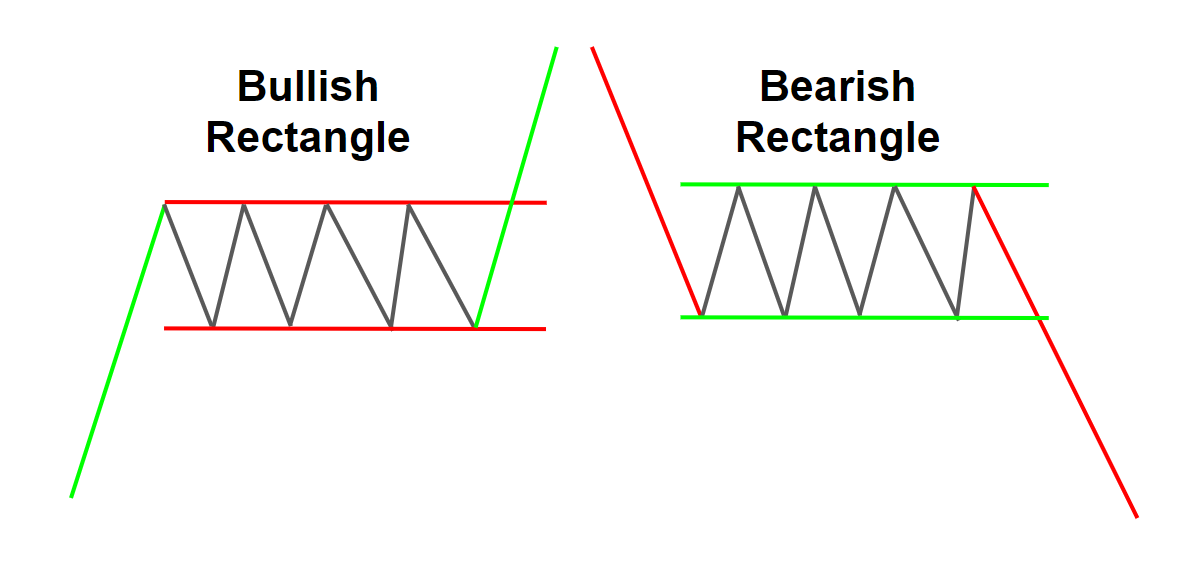Not a Deposit | Not FDIC Insured | May Lose Value
Topstep Disclaimer: Topstep LLC and its affiliates (collectively, “Topstep”) provide information on this website for general informational purposes only. Testimonials appearing on Topstep’s websites may not be representative of other clients or customers and are not a guarantee of future performance or success. Use of the information on Topstep’s websites is at your own risk and Topstep and its partners, representatives, agents, employees, and contractors assume no responsibility or liability for any use or misuse of such information. Topstep does not provide tax, legal, investment, or accounting advice. You should consult your own advisors before engaging in any transaction.
Commodity trading involves substantial risk of loss. All investments involve risk, and not all risks are suitable for every investor. The value of investments may fluctuate and as a result, clients may lose more than their original investment. The past performance of a financial product does not guarantee future results or returns. Please carefully consider whether it is appropriate for you to engage in futures trading in light of your personal financial circumstances. You should only use funds that you can afford to lose without affecting your financial security or lifestyle, and only a portion of those funds should be used to support a single trade because you cannot expect to profit on every trade. To learn more about the risks of trading, please visit our Risk Disclosure.
NOTHING CONTAINED IN THIS WEBSITE CONSTITUTES INVESTMENT ADVICE, NOR DOES IT CONSTITUTE THE SOLICITATION, ENDORSEMENT, OR RECOMMENDATION OF THE PURCHASE OR SALE OF ANY FUTURES OR OTHER FINANCIAL PRODUCT. THE WEBSITE CONTENT IS FOR GENERAL INFORMATION ONLY AND SHOULD NOT BE REGARDED AS CONSTITUTING AN OFFER, SOLICITATION, ENDORSEMENT, OR RECOMMENDATION TO BUY OR SELL ANY FUTURES OR OTHER FINANCIAL PRODUCT AND SHOULD NOT BE REGARDED AS INVESTMENT ADVICE.
Allowed Instruments: Topstep traders are allowed to trade Futures products only, listed on the following exchanges: CME, COMEX, NYMEX & CBOT. Topstep traders are prohibited from trading Stocks, Options, Forex, Spot Cryptocurrency, and CFDs; these products are not available in Topstep’s program or platforms. You should be aware that NFA does not have regulatory oversight authority over underlying or spot virtual currency products or transactions or virtual currency exchanges, custodians or markets.
Trader Combine Disclaimer: The Trading Combine is a realistic simulation of trading under actual market conditions and is difficult to pass even for experienced traders.
Simulated performance results have certain limitations. Unlike an actual performance record, simulated results do not represent actual trading. Also, because the trades have not actually been executed, the results may have under- or over-compensated for the impact, if any, of certain market factors, such as lack of liquidity. Simulated trading programs, in general, are also subject to the fact that they are designed with the benefit of hindsight. Simulated trading does not involve financial risk, and no simulated trading record can completely account for the impact of financial risk in actual trading. For example, the ability to withstand losses or adhere to a particular trading program in spite of trading losses are material points which can also adversely affect actual trading results. No representation is being made that any account will or is likely to achieve profit or losses similar to those shown.
2024 Trader Performance Statistics: From January through December 2024, (a) 12.4% of all Trading Combines initiated were successfully completed and afforded the opportunity to advance to the Funded Level, (b) 46.6% of individual participants who entered one or more Trading Combines advanced to the Funded Level in at least one of their Trading Combine, (c) 28.3% of all individual participants at the Funded Level received a payout, and (d) 0.96% of individual participants trading in an Express Funded Account were called up to a Live Funded Account. The Funded Level includes both Express Funded Accounts and Live Funded Accounts, with the aggregate of such accounts used in the percentage determination. These statistics reflect performance in both a simulated trading environment and a live trading environment and are not indicative of future results.
Prohibited Conduct: To promote responsible trading and mitigate Prohibited Conduct (as such term is defined in the Terms of Use, such as exploiting the simulated environment, trading activity will be subject to review by our Risk and Compliance Teams. If Topstep identifies trading activity that, in its sole discretion, relates to Prohibited Conduct, Topstep reserves the right to delete the trading day and all profits (in a simulated environment), restart the account, or close the account. Additionally, in its sole discretion, Topstep may suspend or ban the trader from using all or a portion of the Site and Services. When you initiate or execute a transaction on a CME Group Inc. exchange, you consent to the exchange’s jurisdiction and agree to be bound by and comply with exchange rules.
Market Data: Market data and similar information are provided by third-party service providers. Topstep does not prepare or edit market data from third parties or endorse or approve such market data or guarantee or make any representations or warranties about its accuracy or reliability. Topstep shall not be liable to any user for any loss or damage arising from or related to the error, inaccuracy, or omission of any market data or similar information.
System Risk: Trading through an electronic trading or order routing system exposes you to risks associated with system or component failure. System response and account access times may vary due to a variety of factors, including trading volumes, market conditions, system performance, and other factors.
TopstepTV Disclaimer: All opinions expressed by TopstepTV show participants, hosts, guests, and personalities (collectively, “Show Participants”) are solely such individual’s current opinions and do not reflect the opinions of TopstepTV LLC or Topstep LLC and its affiliates (collectively, “Topstep”), or the companies with which the Show Participants are affiliated and may have been previously disseminated by their companies or the Show Participants themselves. None of the Show Participants, Topstep or the companies with which the Show Participants are affiliated represent, warrant, or otherwise guarantee its completeness or accuracy, and opinions should not be relied upon as such. If Show Participants are compensated by Topstep, no part of this compensation is related to the specific opinions they express. TopstepTV content does not take into account your particular investment objectives, financial situation, or financial needs, and the content is not intended as a recommendation appropriate for you. Topstep encourages you to seek advice from your own investment advisor.
Past performance is not indicative of future results. Neither the Show Participants nor Topstep guarantee any specific outcome or profit in any manner. Any strategies or investments discussed on TopstepTV can fluctuate in price or value and may result in loss. Any such strategies or investments may not be suitable for you. You should make your own independent decision regarding any strategies or investments.
Topstep Brokerage Disclaimer: Topstep Brokerage LLC (“Topstep Brokerage”), an affiliate of Topstep LLC, is registered with the U.S. Commodity Futures Trading Commission as an introducing broker and is a member of the National Futures Association (NFA ID 0567079). Please review Topstep Brokerage’s Risk Disclosures Statement. Futures accounts are not protected by the Securities Investor Protection Corporation (SIPC).
© 2025 – Topstep LLC. All rights reserved. TopstepTrader, Topstep, Trading Combine, and Funded Account are all trademarks of TopstepTechnologies LLC.



